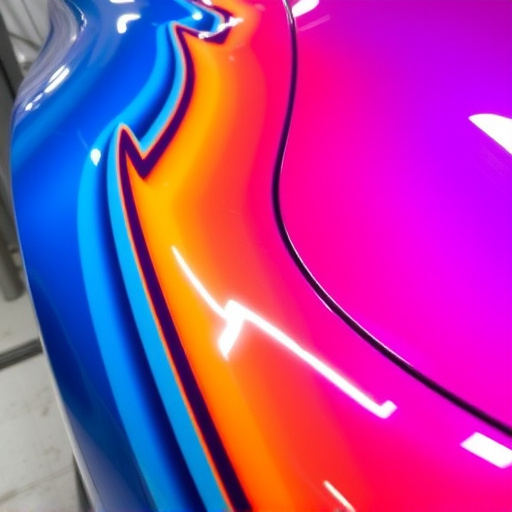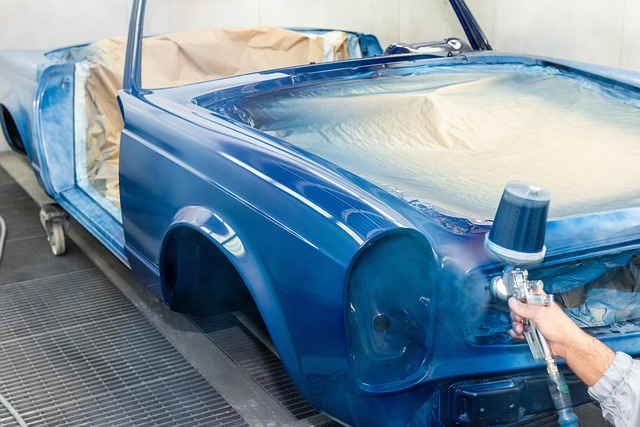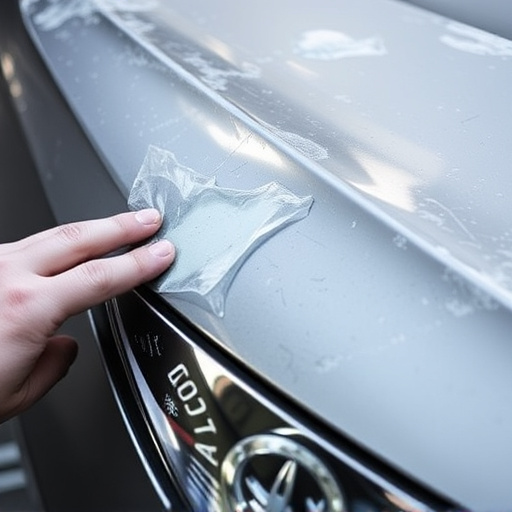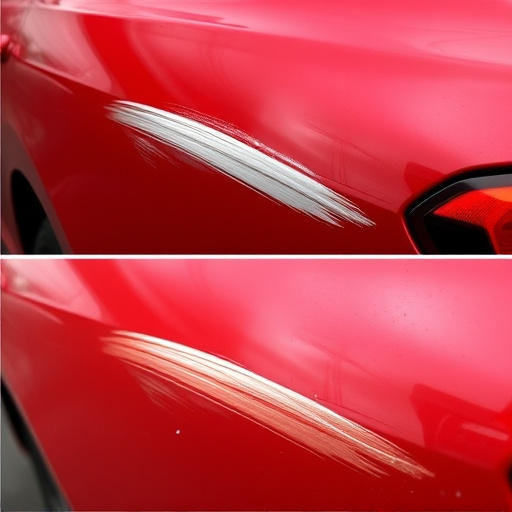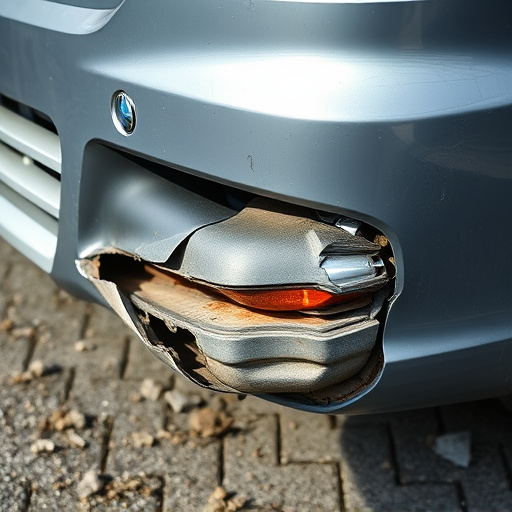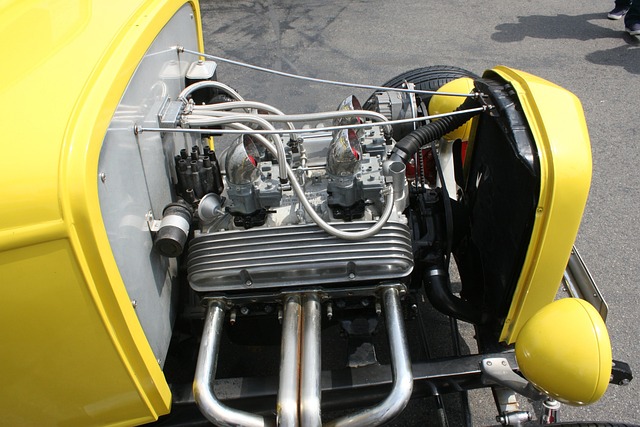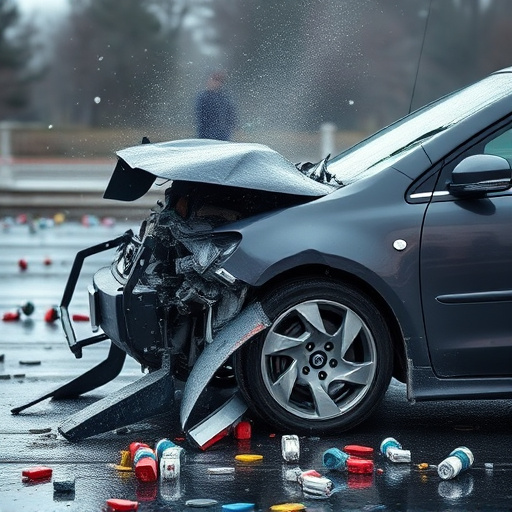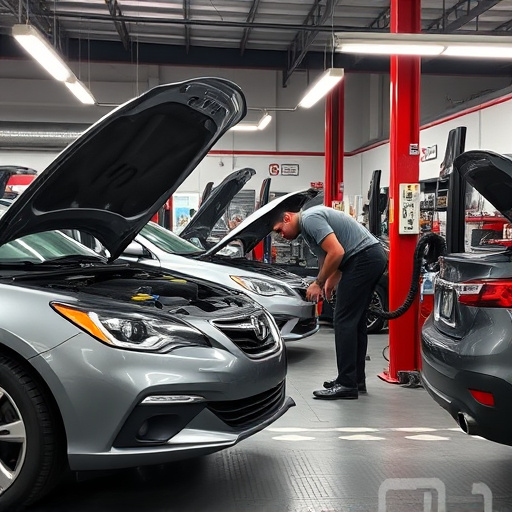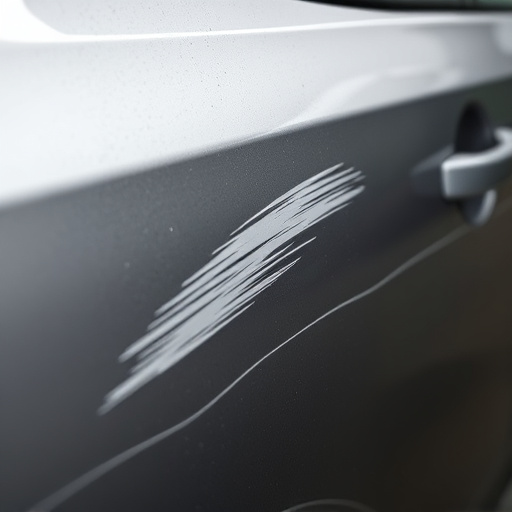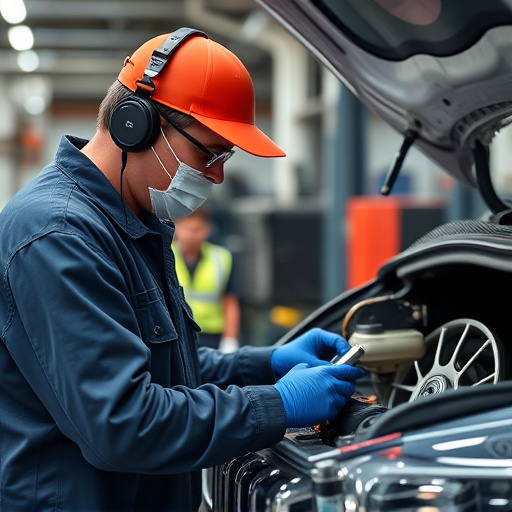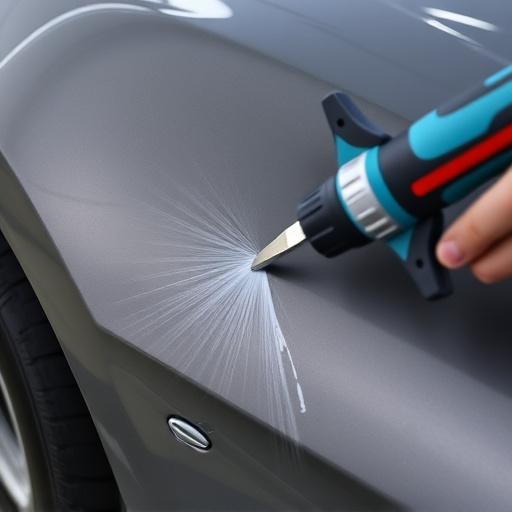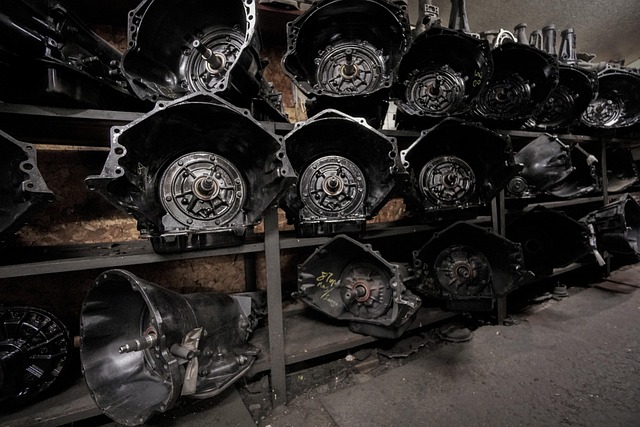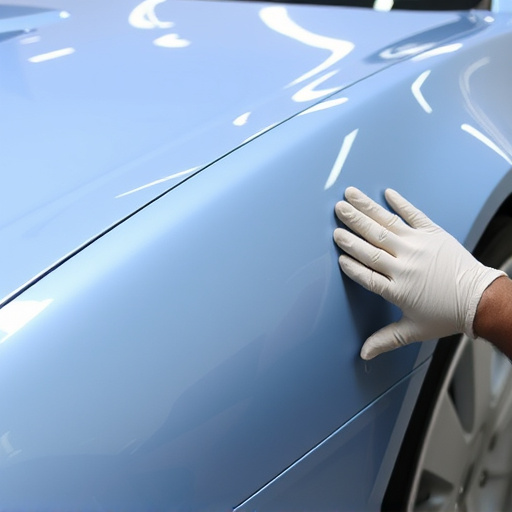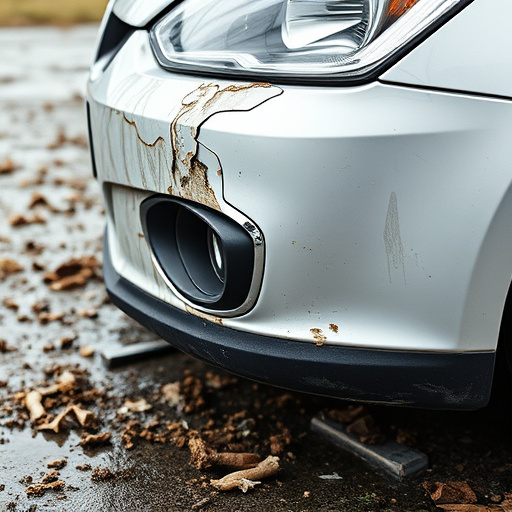Modern collision repair facilities near you employ advanced technologies like laser scanners and AI for precise, high-quality repairs, including classic car restoration. Robotics and AI enhance efficiency, accuracy, and consistency, while sustainable practices reduce waste and environmental impact, benefiting both shops and customers.
In today’s digital era, advanced technology is revolutionizing the landscape of district collision repair. From modern tools offering precise alignment and measurement to the integration of robotics and AI, these innovations are enhancing efficiency in body shops across the globe. Additionally, sustainable practices in material recycling and waste reduction not only contribute to environmental conservation but also ensure a closer-by collision repair experience for all. This article explores these game-changers in detail.
- Modern Tools for Precise Alignment and Measurement
- Robotica and AI: Transforming Body Shop Efficiency
- Sustainable Practices in Material Recycling and Waste Reduction
Modern Tools for Precise Alignment and Measurement
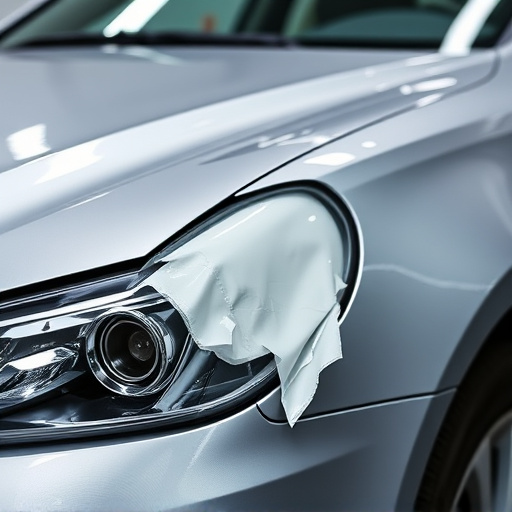
Modern collision repair facilities are equipped with an array of advanced tools designed for precise alignment and measurement. These innovative technologies ensure that every component of a vehicle is accurately assessed, allowing for meticulous repairs that restore the car to its original condition. Laser scanners and 3D measuring systems play a pivotal role in this process, providing exact data on damage and enabling technicians to make spot-on adjustments during fender repair or hail damage repair processes.
By integrating these modern tools, close by collision repair shops can achieve unparalleled accuracy in classic car restoration as well. The detailed measurements obtained through advanced scanning technologies help in replicating the vehicle’s pre-accident state, ensuring that every curve and contour is perfectly restored. This level of precision not only enhances the quality of repairs but also preserves the integrity of vintage vehicles, making them virtually indistinguishable from their original state.
Robotica and AI: Transforming Body Shop Efficiency
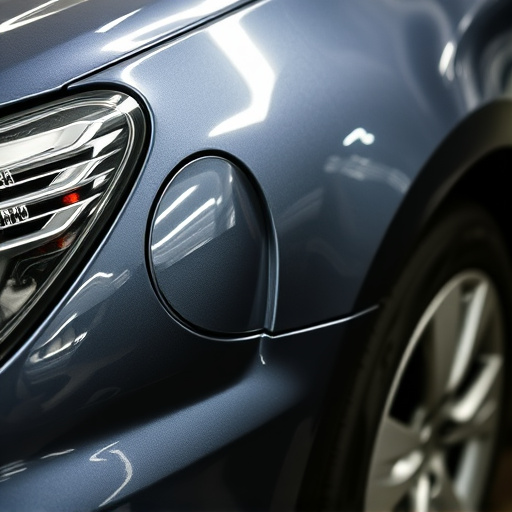
The integration of robotics and artificial intelligence (AI) has brought about a significant transformation in the efficiency of collision repair processes at automotive body shops. These advanced technologies offer precise, consistent, and fast solutions, ensuring close by collision repair that meets or exceeds industry standards. Robots can handle complex tasks like welding, painting, and panel replacement with remarkable accuracy, reducing human error and enhancing overall productivity.
AI enhances these capabilities by providing real-time data analysis, predictive maintenance, and smart inventory management. By learning from past repair records, AI algorithms can anticipate parts requirements, optimize work processes, and even predict potential issues before they arise. This not only streamlines classic car restoration but also ensures that car repair services are conducted with meticulous attention to detail and efficiency, ultimately benefiting both the shop and its customers.
Sustainable Practices in Material Recycling and Waste Reduction
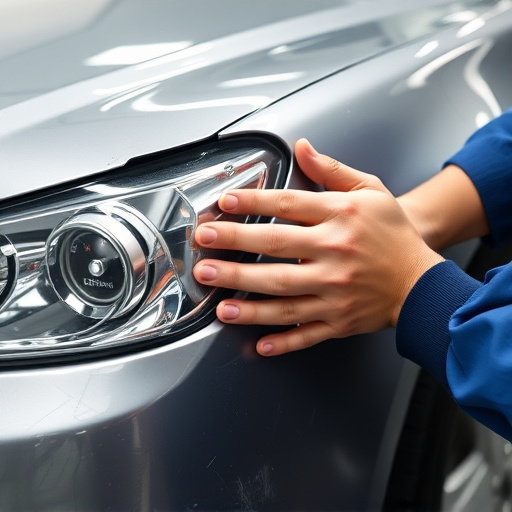
In the realm of close by collision repair, sustainability has become a cornerstone of advanced technology integration. Modern auto repair services are increasingly adopting eco-friendly practices, particularly in material recycling and waste reduction. These initiatives not only benefit the environment but also contribute to the cost-effectiveness of car damage repair processes. By utilizing innovative technologies, collision repair centers can efficiently disassemble damaged vehicles, separating materials for repurposing.
This approach significantly reduces the amount of waste ending up in landfills. Additionally, recycled materials are often used as substitutes for new components during auto repair services, further minimizing the environmental impact. These sustainable practices not only foster a greener image but also ensure that collision repair centers remain competitive and forward-thinking in an increasingly conscious market.
In today’s digital age, advanced technology has revolutionized district collision repair processes. From precise alignment tools to robotic automation and sustainable practices, modern body shops are enhancing efficiency, reducing waste, and fostering a greener environment. By embracing these innovative methods, nearby collision repair centers are setting new standards in the industry, ensuring top-notch service while promoting eco-friendly approaches.
